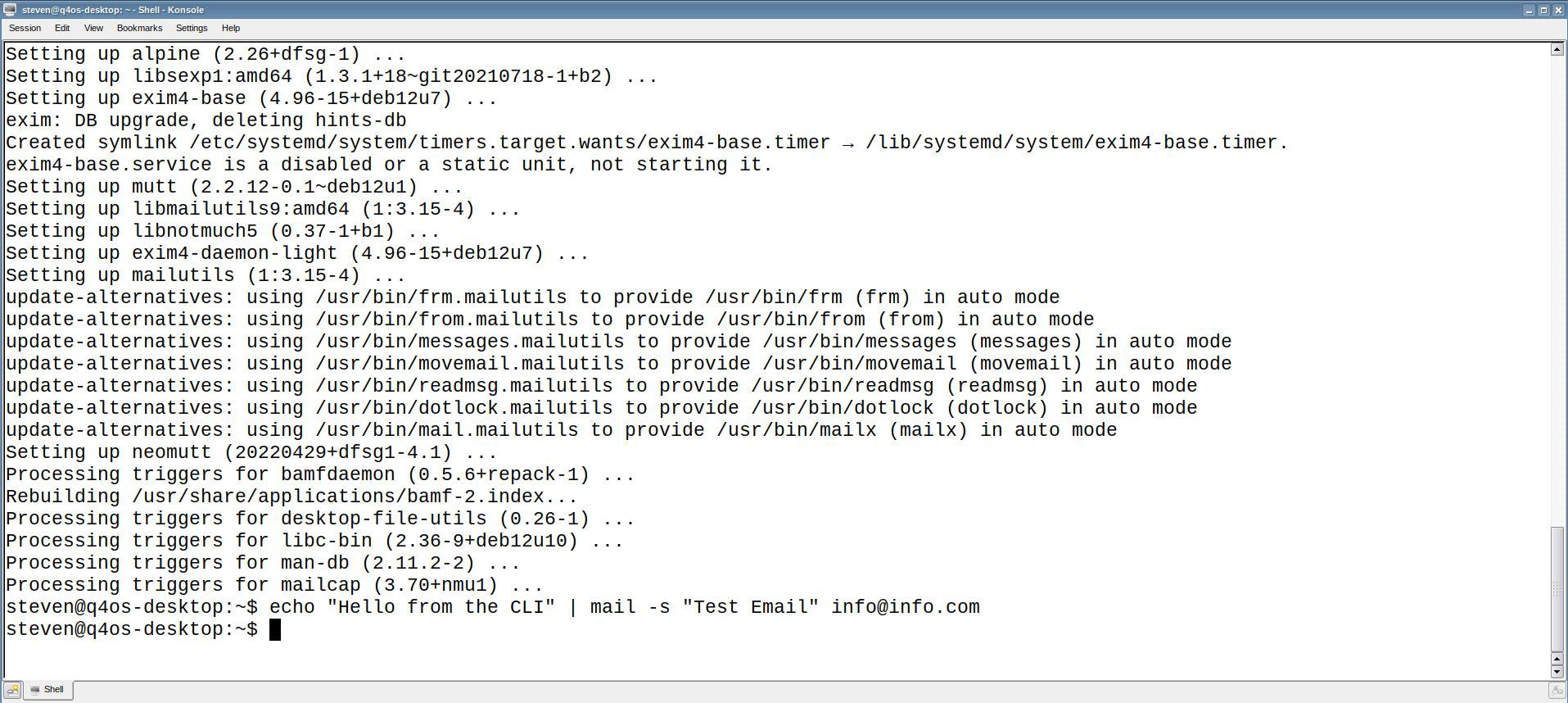In today’s digital world, a web server is essential for hosting websites, applications, and online services. For developers, small businesses, and tech enthusiasts, setting up a Linux web server offers a cost-effective, reliable, and secure solution. Linux’s stability, open-source nature, and extensive community support make it the preferred choice for web hosting. This comprehensive guide will walk you through the process of setting up a Linux web server, ensuring you have a solid foundation for your online presence.
What Is a Linux Web Server?
A Linux web server is a server machine running a Linux operating system configured to host websites and web applications. It handles HTTP requests from clients (browsers) and delivers web pages or content. Linux web servers are highly customizable, scalable, and compatible with a wide range of web technologies, including Apache, Nginx, PHP, MySQL, and more.
Why Choose Linux for Your Web Server?
- Open Source & Cost-Effective: Linux is free, reducing overall hosting costs.
- Stability & Reliability: Linux servers can run for years without failure.
- Security: Regular updates and a strong security model protect your server.
- Flexibility: Supports various web server software, programming languages, and databases.
- Community Support: Extensive documentation and active forums help troubleshoot issues.
Prerequisites for Setting Up a Linux Web Server
Before starting, ensure you have:
- A dedicated machine or VPS (Virtual Private Server) with Linux installed (Ubuntu, CentOS, Debian, etc.).
- Root or sudo privileges for system administration.
- A static IP address for consistent access.
- Basic knowledge of command-line operations.
Step-by-Step Guide to Set Up a Linux Web Server
1. Choose Your Linux Distribution

Popular choices include:
- Ubuntu Server: User-friendly, widely supported.
- CentOS / AlmaLinux: Enterprise-grade, stable.
- Debian: Known for stability and security.
Select one based on your familiarity and project requirements.
2. Update Your System
Keep your system up to date:
sudo apt update && sudo apt upgrade -y # For Ubuntu/Debian
sudo yum update -y # For CentOS/AlmaLinux3. Install a Web Server Software
The two most common options are Apache and Nginx.
Installing Apache:
sudo apt install apache2 -y # Ubuntu/Debian
sudo yum install httpd -y # CentOS/AlmaLinuxInstalling Nginx:
sudo apt install nginx -y # Ubuntu/Debian
sudo yum install nginx -y # CentOS/AlmaLinuxStart and enable the web server:
sudo systemctl start apache2 # Ubuntu/Debian
sudo systemctl enable apache2
# Or for Nginx:
sudo systemctl start nginx
sudo systemctl enable nginx4. Configure Firewall Settings
Allow HTTP (port 80) and HTTPS (port 443):
sudo ufw allow 'Apache Full' # Ubuntu/Debian with UFW
# Or:
sudo firewall-cmd --permanent --add-service=http
sudo firewall-cmd --permanent --add-service=https
sudo firewall-cmd --reloadFor CentOS, use firewalld commands accordingly.
5. Test Your Web Server
Open a browser and navigate to your server’s IP address. You should see the default Apache or Nginx welcome page.
6. Set Up Your Website
- Create a directory for your website:
sudo mkdir -p /var/www/yourdomain.com/html
sudo chown -R $USER:$USER /var/www/yourdomain.com/html- Add your website files:
Place your HTML, CSS, JavaScript, or PHP files into this directory.
- Configure Virtual Hosts:
For Apache, create a new configuration file:
sudo nano /etc/apache2/sites-available/yourdomain.com.confAdd:
<VirtualHost *:80>
ServerName yourdomain.com
ServerAlias www.yourdomain.com
DocumentRoot /var/www/yourdomain.com/html
ErrorLog ${APACHE_LOG_DIR}/error.log
CustomLog ${APACHE_LOG_DIR}/access.log combined
</VirtualHost>Enable the site and restart Apache:
sudo a2ensite yourdomain.com.conf
sudo systemctl reload apache2For Nginx, create a server block in /etc/nginx/sites-available/yourdomain.com.
7. Secure Your Web Server
- Install SSL/TLS Certificates: Use Let’s Encrypt for free SSL certificates to enable HTTPS.
sudo apt install certbot python3-certbot-apache # For Apache
sudo certbot --apache -d yourdomain.com -d www.yourdomain.comFollow prompts to obtain and install the certificate.
- Regular Updates: Keep your system and software updated to patch vulnerabilities.
sudo apt update && sudo apt upgrade -y- Configure Fail2Ban: To prevent brute-force attacks.
sudo apt install fail2ban -y
sudo systemctl enable fail2ban
sudo systemctl start fail2ban8. Optional: Install a Database Server
Most web applications require a database:
sudo apt install mysql-server -y # For Ubuntu/Debian
sudo yum install mariadb-server -y # For CentOS/AlmaLinuxSecure your database:
sudo mysql_secure_installationFinal Tips for Maintaining Your Linux Web Server
- Monitor server logs regularly.
- Set up automated backups.
- Implement security best practices.
- Keep your software up to date.
- Use configuration management tools like Ansible or Puppet for larger deployments.
Setting up a Linux web server is a straightforward process that provides a powerful foundation for hosting websites and web applications. By following this step-by-step guide, you can deploy a secure, reliable, and scalable web server tailored to your needs. Whether you’re a developer, small business owner, or aspiring sysadmin, mastering Linux web server setup opens doors to endless online possibilities.
Start building your web presence today with confidence—your Linux web server awaits!
Keywords: Linux web server, how to set up a Linux web server, Linux web hosting, web server setup, Apache, Nginx, web server security
SELinux Demystified: A Deep Dive into Kernel-Level Security 2025
Security-Enhanced Linux (SELinux) is one of the most powerful—and often misunderstood—security mecha…
Send Email from the Linux Terminal Command Line
For many system administrators, developers, and Linux power users, the command line remains the most…
AlmaLinux 10 vs Ubuntu 24.04 LTS for hosting
Here’s how AlmaLinux 10 stacks up against Ubuntu 24.04 LTS for VPS hosting—focusing on stability and…


